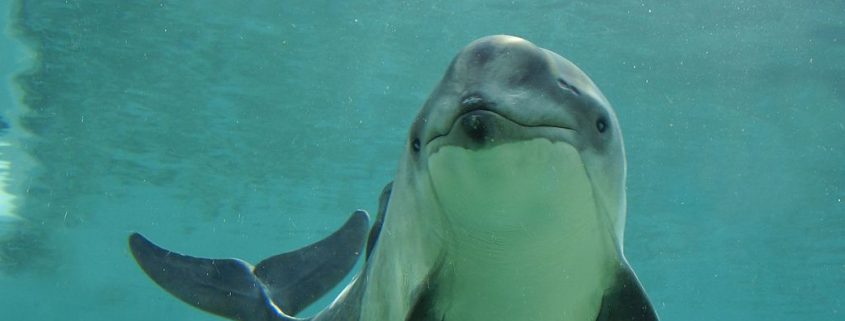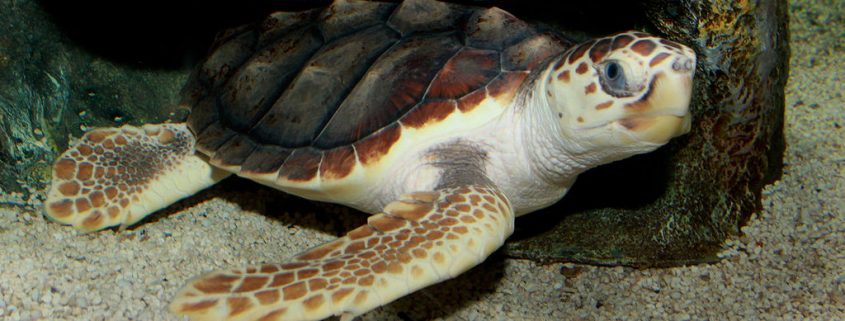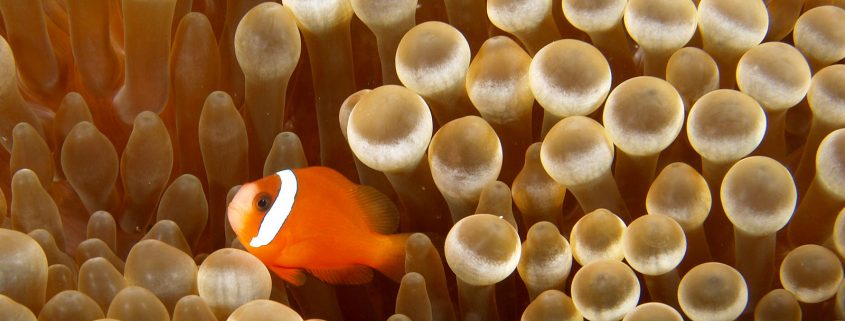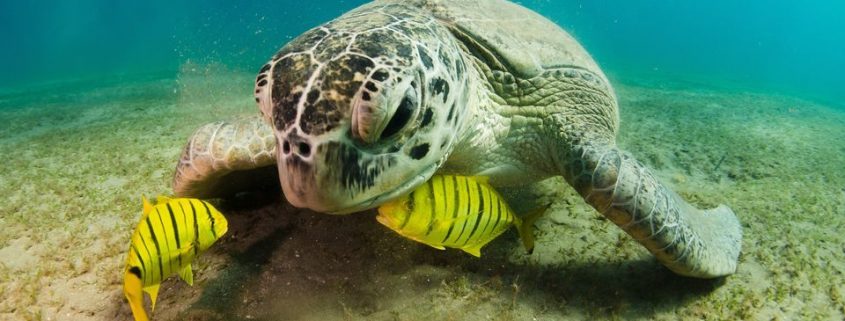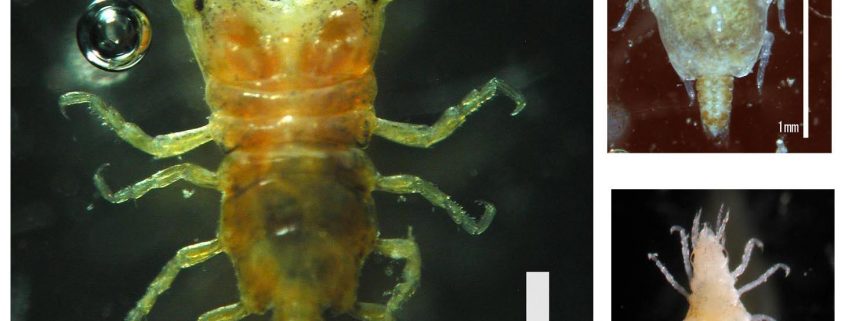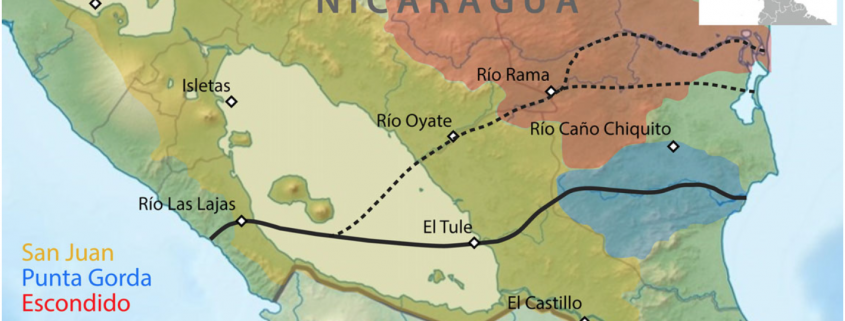A simple tool to predict bycatch in harbour porpoises
By Emily Nelson, SRC master’s student Harbour porpoise bycatch has been identified as the biggest threat facing these animals in many areas today, with many incidental catches occurring in large commercial gillnet fisheries. In efforts to minimize negative impacts, harbour porpoises in waters of the European Union have been awarded protection under Habitats Directive (EC […]
The response of sandy beach meiofauna to nutrients from sea turtle eggs
By Abby Tinari, SRC intern South African scientists, Diane et. al (2017), studied how organic matter is transferred through the food web and how this influences consumer populations. Specifically, they chose to look at the interaction between sea turtle eggs and meiofauna in sandy beaches where organic matter is limited. Meiofauna are small invertebrates that […]
Finding Nemo’s Anemone
By Leila AtallahBenson, SRC master’s student Do you remember in Finding Nemo when the eagle ray professor asks the kids where they live, and nemo replies, with some difficulty, that he lives in an anemone? Have you ever wondered about the relationship between the clownfish and their anemone homes? It is known that these two […]
Atypical and Estuarine Habitat of the Maroni River Mouth Altering Green Turtle Behavior in French Guiana
By Casey Dresbach, SRC intern In this experiment, satellite telemetry was used to assess the behavioral adjustments of twenty-six adult female green turtles. Sixteen Argos-linked Fastloc GPS tags were deployed on green turtles from February to June 2012 on both sides of the Maroni River: Awale-Yalimpo and in the Galibi Nature Reserve in Suriname. […]
Nocturnal migration reduces exposure to micropredation in a coral reef fish
By Josh Ratay, SRC intern Nocturnal migration reduces exposure to micropredation in a coral reef fish is a new study examining daily migrations of French grunt (Haemulon flavolineatum) and the exposure to parasitic isopods. French grunts are known to move off the reefs and into seagrass beds at night. Such behavior in animals is […]
The imperiled fish fauna in the Nicaragua Canal Zone
By Nicole Suren, SRC intern Plans for a new canal through the isthmus of Nicaragua have just been approved by the Nicaraguan government with little to no restrictions on what preexisting waterways can be used as part of this potential new shipping route. The currently proposed route was planned based on economic and technical considerations, […]

